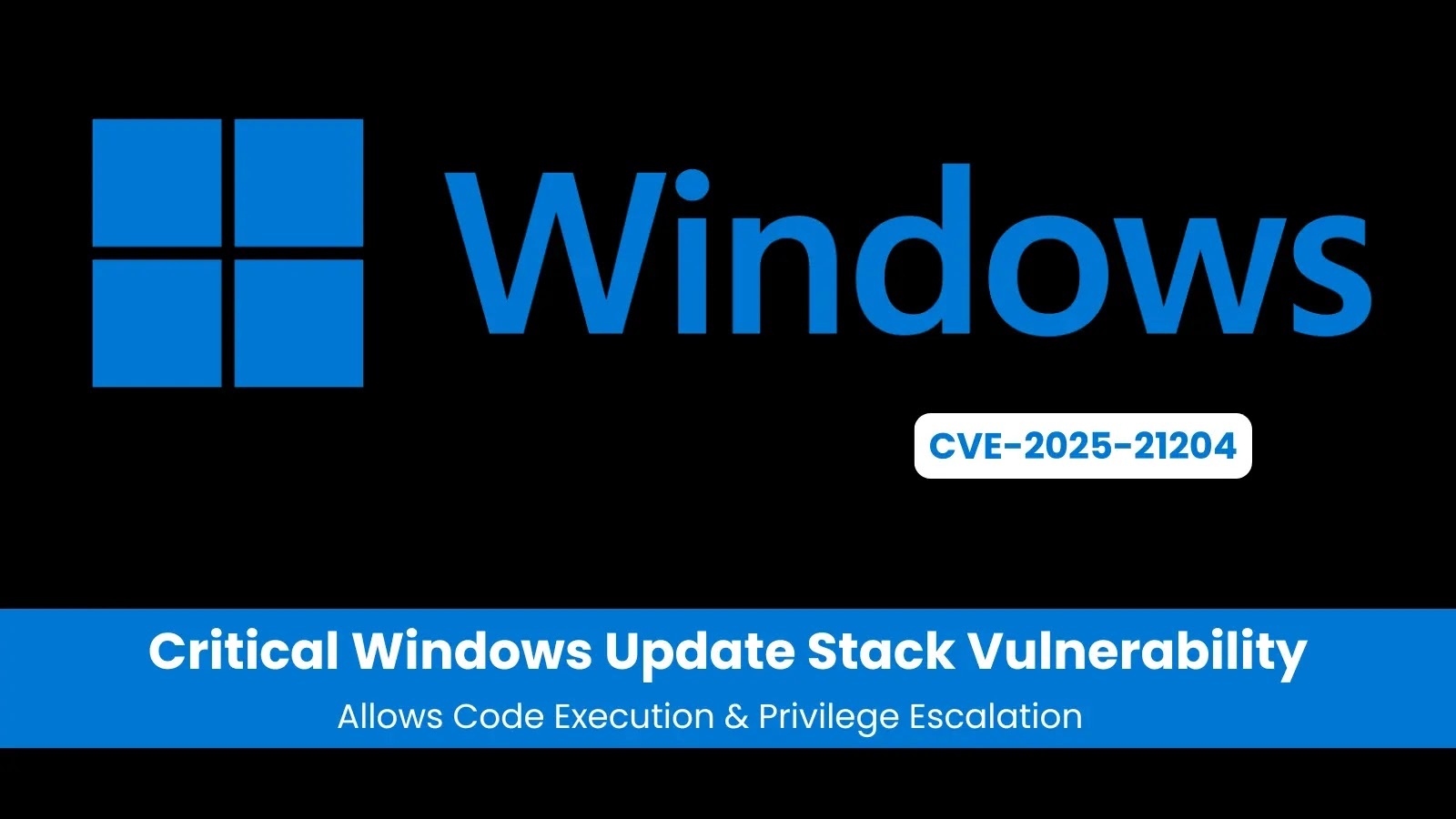In recent months, a cyber threat actor identified as NoisyBear has launched a series of targeted attacks against Kazakhstan’s energy sector, particularly focusing on KazMunaiGas (KMG), the nation’s leading oil and gas company. These attacks employ advanced social engineering tactics, leveraging weaponized ZIP files and PowerShell-based attack chains to infiltrate critical infrastructure.
Attack Methodology
NoisyBear’s campaign is characterized by meticulously crafted phishing emails that mimic legitimate internal communications. These emails, often appearing to originate from compromised KMG business email accounts, discuss topics such as salary schedules and policy updates to enhance their credibility. The emails contain ZIP attachments disguised as urgent human resources documents, enticing employees to open them.
Upon opening the ZIP file, recipients find three components:
1. A decoy document featuring the official KazMunaiGas logo.
2. A README.txt file with execution instructions.
3. A malicious LNK file named График зарплат.lnk (translated as Salary Schedule.lnk).
Executing the LNK file triggers a PowerShell command that downloads a batch script (123.bat) from a remote server. This script is saved in the C:\Users\Public directory, a location chosen to minimize security scrutiny. The batch script then downloads additional PowerShell scripts, referred to as DOWNSHELL by researchers. These scripts employ advanced techniques to bypass the Anti-Malware Scan Interface (AMSI), effectively disabling real-time scanning and allowing the malware to operate undetected.
Technical Analysis
The infection chain begins with the execution of the LNK file, which initiates a PowerShell command to download the batch script from 77.239.125.41:8443. The batch script, once executed, retrieves the DOWNSHELL PowerShell scripts. These scripts utilize reflection to manipulate the System.Management.Automation.AmsiUtils class, setting the amsiInitFailed flag to convince PowerShell that AMSI initialization has failed. This effectively disables AMSI, allowing the malware to execute without detection.
The final payload involves process injection techniques, enabling the malware to embed itself into legitimate system processes. This not only ensures persistence but also complicates detection and removal efforts. The malware is capable of exfiltrating sensitive data, including corporate communications, strategic planning documents, and operational data critical to Kazakhstan’s energy infrastructure.
Attribution and Infrastructure
Analysis of NoisyBear’s operational patterns suggests Russian origins. Indicators include Russian language comments within the malicious code, utilization of sanctioned hosting services, and targeting patterns consistent with geopolitical interests in Central Asian energy resources. The group’s infrastructure analysis reveals connections to Aeza Group LLC, a sanctioned hosting provider, indicating deliberate attempts to operate within jurisdictions that complicate attribution and takedown efforts.
Implications and Recommendations
The sophistication of NoisyBear’s campaign underscores the evolving threat landscape facing critical infrastructure sectors. The use of legitimate system binaries and PowerShell environments to execute malicious code highlights the need for enhanced security measures.
Organizations are advised to:
– Enhance Email Security: Implement advanced email filtering solutions to detect and block phishing attempts.
– Conduct Employee Training: Regularly educate employees on recognizing phishing emails and the dangers of opening unsolicited attachments.
– Monitor Network Traffic: Utilize network monitoring tools to detect unusual outbound connections that may indicate data exfiltration.
– Implement Application Whitelisting: Restrict the execution of unauthorized scripts and binaries to prevent malicious code execution.
– Regularly Update Systems: Ensure all systems and software are up-to-date with the latest security patches to mitigate vulnerabilities.
By adopting a multi-layered security approach, organizations can better defend against sophisticated threats like those posed by NoisyBear.



